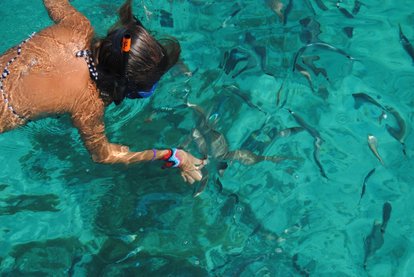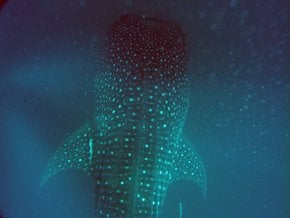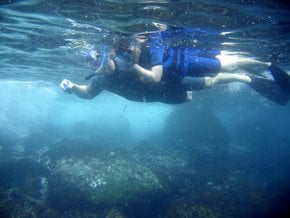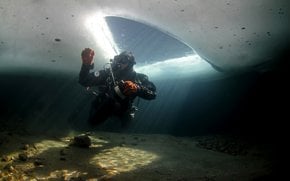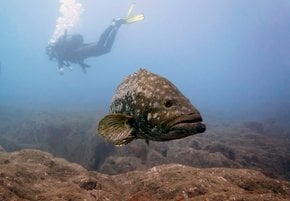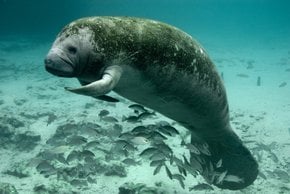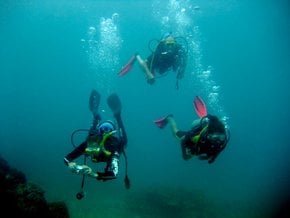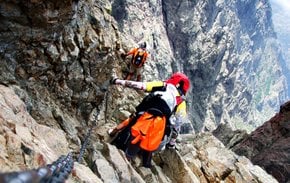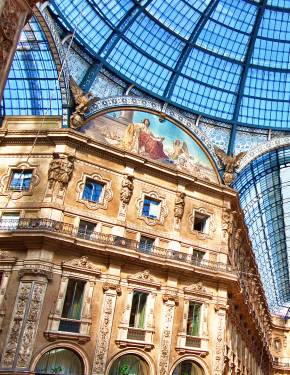Snorkelling and Diving in Corsica 2026
Corsican marine life is rich and diverse attracting both professional and amateur divers
Best time: March–April
Underwater Corsica is interesting for its landscape. You can explore some canyons and rock formations and admire its abundance of fauna. Because there is little pollution in Corsica, you can still see some rare fish species here. Encounter sharks, eels, tuna, and even turtles. Near Calvi divers can explore a World War II bomber and a sunken yacht.
Practical info
External resources
Find hotels and airbnbs near Snorkelling and Diving (Map)
Last updated:
Authors: Svitlana Mysak





